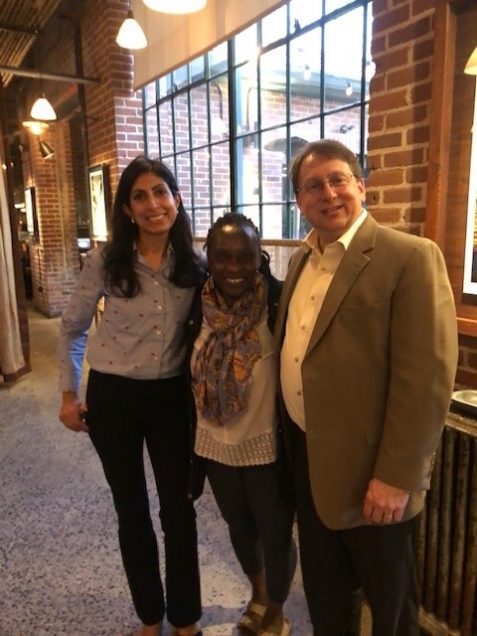Medicine I Vision
Students join doctors who work collaboratively with other professionals on multidisciplinary teams to provide technically outstanding and compassionate patient care. These doctors model the highest ideals of our profession and the discipline of internal medicine, and they seek to be part of the solution by striving to improve the system in which we work.
The student sees the internist as a highly skilled detective who nimbly gathers information and builds a coherent story; as a master diagnostician, able to integrate pathophysiologic, epidemiologic and “bedside” information along with the psychosocial context, to determine the nature of the patient’s problem; as a decision maker who exhibits great judgment, is comfortable in the uncomfortable zone of uncertainty, and who skillfully addresses urgent concerns, manages chronic illness and promotes good health; as a communicator who uses language the patient can understand, conveys an emphatic understanding of the patient’s illness and partners with patients to implement a therapeutic plan; as a lifelong learner who is excited about integrating enduring knowledge and wisdom with new information in pursuit of an answer to the clinical dilemma; as an artful healer who “probes the patient’s soul as well as his prostate”, and provides care which emphasizes a strong doctor-patient relationship, and the application of the best available scientific evidence; as a professional who demonstrates technical excellence combined with a strong sense of duty to the patient and society.
Students learn in the context of the outstanding patient-centered, evidence-based care described above and in a learning environment that is both supportive and challenging. They have meaningful opportunities to participate in patient care as they independently see patients and are asked to formulate their own assessments, present their patients on work rounds, and provide targeted topic presentations to the team. They have close and frequent interactions with their teachers.
The learning starts with and focuses on the patient at the bedside, and then moves regularly to the whiteboard, to the books and literature, and back again to the patient. The teachers- interns, residents and attendings- understand that (1) we cannot teach any learner all she needs to learn, and (2) it’s all about what the learner learns. They skillfully provide clear mini-lectures but go beyond that. They regularly and explicitly model their work, and most importantly, create multiple opportunities to observe the students at the bedside and ask questions of them. The learning is tightly linked to timely, behaviorally-based feedback.
Ongoing teacher-learner discussions emphasize clinical reasoning and critical thinking skills, as we pursue the how and why questions, weigh benefits and burdens, seek to understand the psychosocial context of the illness, and then integrate the pathophysiology and science underlying what we do with the art and ethics of healing. These discussions encourage questions and a healthy skepticism that does not descend into deep cynicism. They foster reflection and curiosity, a mix of confidence and humility.
Teachers convey the genuine excitement we feel about internal medicine and doctoring. Students learn not only how to doctor but also what a career in medicine can be.
The product of this learning is a student who we would want to care for our own family members.
